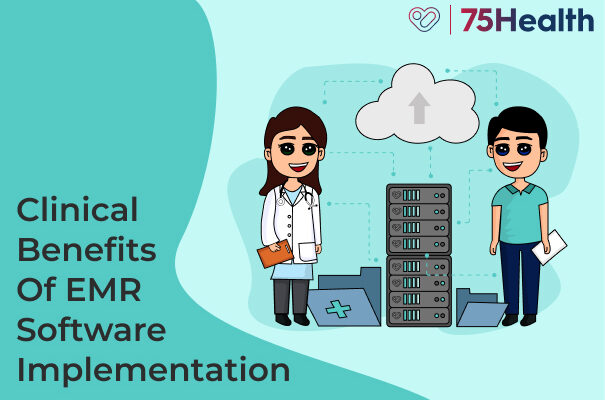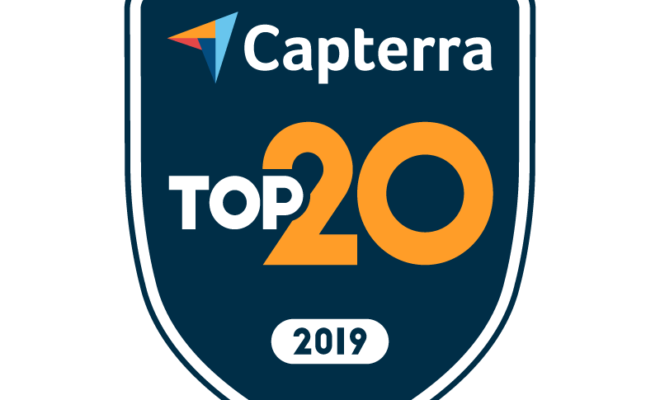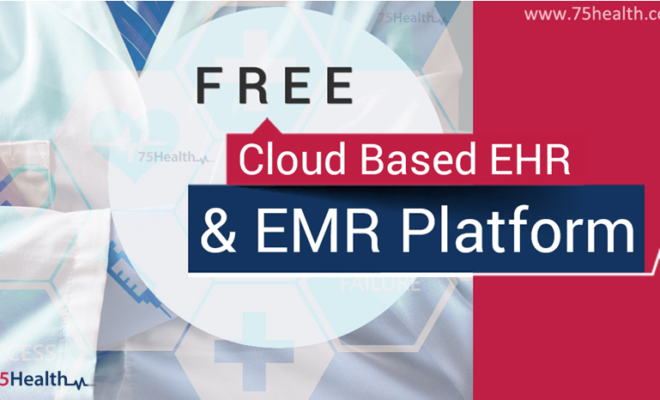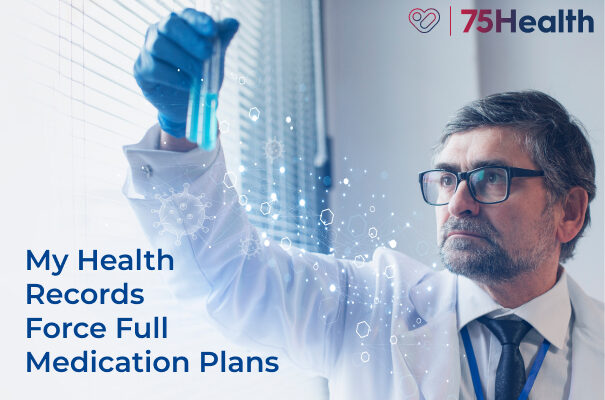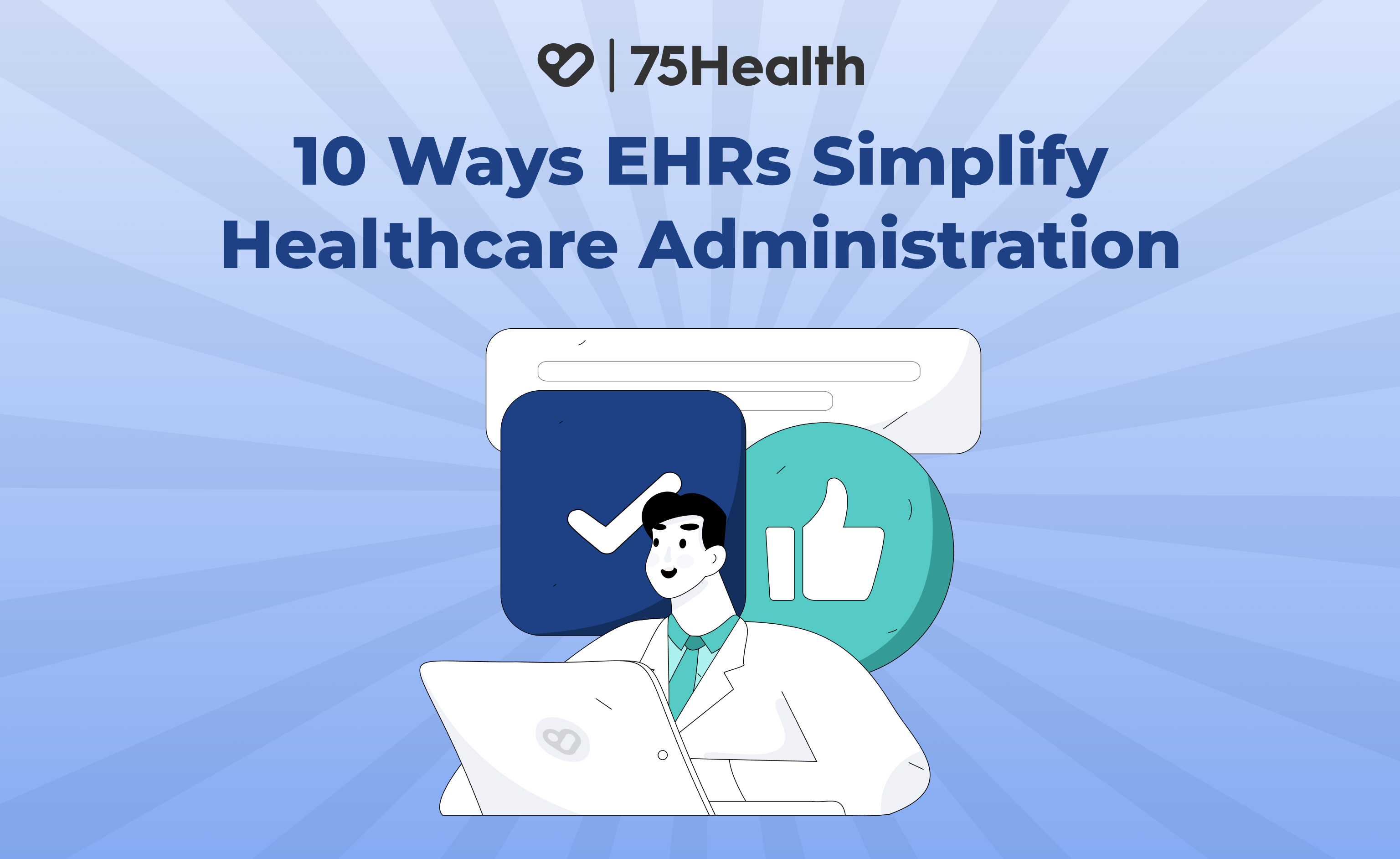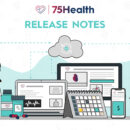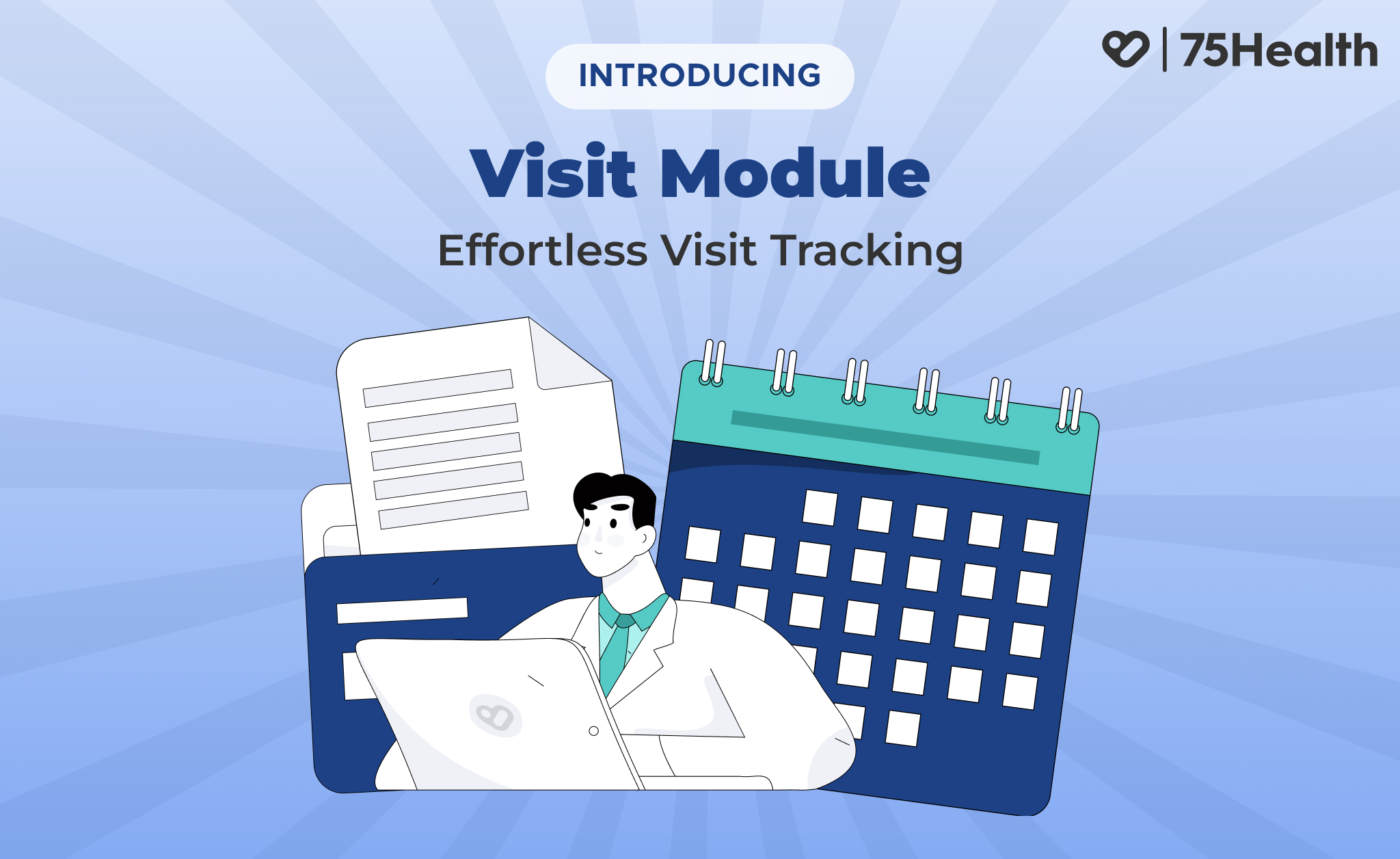What Are SOAP Notes in EHR and Why Do They Matter
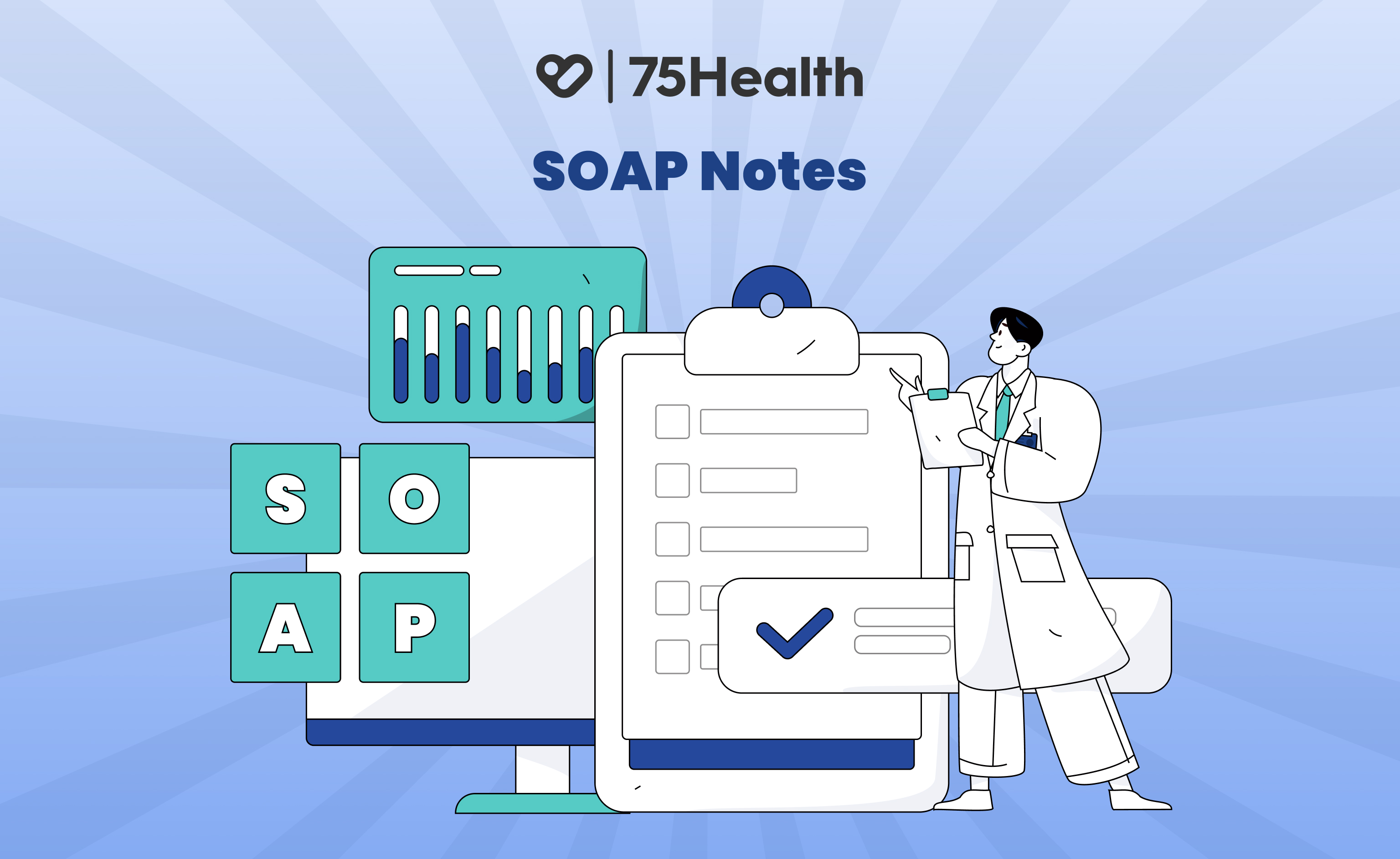
Have you been hearing about SOAP Notes and are curious to understand what they are, how they work, and why they are so important in medical documentation?
In healthcare, miscommunication is one of the leading causes of sentinel events, those unexpected and critical incidents that result in serious harm. To prevent these, clear communication and accurate documentation become non-negotiable. That’s where SOAP Notes come in.
What Are SOAP Notes?
SOAP is an acronym for:
Subjective
Objective
Assessment and
Plan.
It’s a structured method used by healthcare professionals to document patient encounters in a consistent, organized format.
Why SOAP Notes Matter in EHR?
Before initiating any treatment, accurate documentation of the patient encounter is crucial. Well-organized notes and documents not only assist in providing the required treatment but also serve as an important resource for the patient’s future visits.
Patient encounters can be documented more effectively and uniformly with the SOAP methodology. Any disordered or poorly formatted information adds to the difficulty of understanding for other practitioners which adds the potential of unintentional error.
By using SOAP notes, patient data is condensed into one understandable note which enables other practitioners such as specialists to understand the history of the patient, determine the level of care or treatment needed, and carry on with treatment with complete assurance.
Components of SOAP Notes
Let’s break down each section of the SOAP structure and how it’s integrated into 75Health EHR’s medical charting system for efficient and organized documentation
Subjective (S)
This section of the SOAP note documents the patient’s perspective. It includes:
- Visit Reason: The primary concern or issue that brought the patient in.
- Symptoms: What the patient is currently experiencing (e.g., pain, nausea, fatigue).
- Allergies: Known drug, food, or environmental allergies.
- Social History: Lifestyle factors such as smoking, alcohol use, occupation, or living conditions.
- Family Health History: Any hereditary or familial medical conditions.
- Review of Systems (ROS): A systematic checklist of symptoms across different body systems.
- Medical History: Past and current medical conditions, surgeries, or treatments.
This information is gathered directly from the patient during the consultation.
Objective (O)
Here, clinicians record measurable and observable patient data. In contrast to the subjective section, this part relies on factual evidence instead of the patient’s perspective. It includes:
- Vital Signs: Temperature, pulse, blood pressure, respiratory rate, and oxygen saturation.
- Lab Results: Findings from blood tests, urinalysis, imaging, or other diagnostic reports.
- Physical Examination: Observations made during the physical check-up (e.g., swelling, rash, reflexes).
- Document/Attach File: Upload or reference any supporting documents such as X-rays, ECGs, or test results.
- Vaccines: Record of administered vaccines and their dates.
- Implantable Devices: Details of any medical devices placed in the patient’s body, like pacemakers or insulin pumps.
This objective data helps form a clinical baseline and supports accurate diagnosis and treatment planning.
Assessment (A)
The Assessment section presents the healthcare provider’s diagnosis or clinical impression.
This conclusion is formulated by analyzing both the subjective information provided by the patient and the objective findings gathered during the examination.
- Problems/Assessment: List of identified health issues, diagnoses, or differential diagnoses.
- Status: The current status of each condition (e.g., new, improved, unresolved, worsening).
- Notes: Any additional remarks or clinical impressions that support the diagnosis.
Plan (P)
Outlines next steps for the patient’s care and treatment.
- Medication: Prescribed or recommended drugs.
- Procedure: Any medical or diagnostic procedures planned or performed.
- Treatment Plan: Instructions for symptom management, lifestyle guidance, or home care.
- Goals: Desired outcomes such as symptom relief, infection resolution, or preventing recurrence.
- Referrals: Specialists or services the patient is referred to, if needed.
Benefits of Using SOAP Notes in EHR Systems
- Improved clinical communication
- Simplified patient documentation
- Better continuity of care
- Supports accurate diagnosis and treatment
- Legal and regulatory compliance
- Efficient use of EHR systems
Conclusion:
SOAP Notes are more than just structured forms, they are tools for clarity, continuity, and quality care. In a digital era where speed and accuracy matter, embedding SOAP Notes into your EHR system can elevate the entire patient experience and help professionals stay informed, efficient, and accountable.
Whether you’re a seasoned practitioner or a healthcare startup, mastering SOAP documentation is a step toward smarter, safer healthcare.
